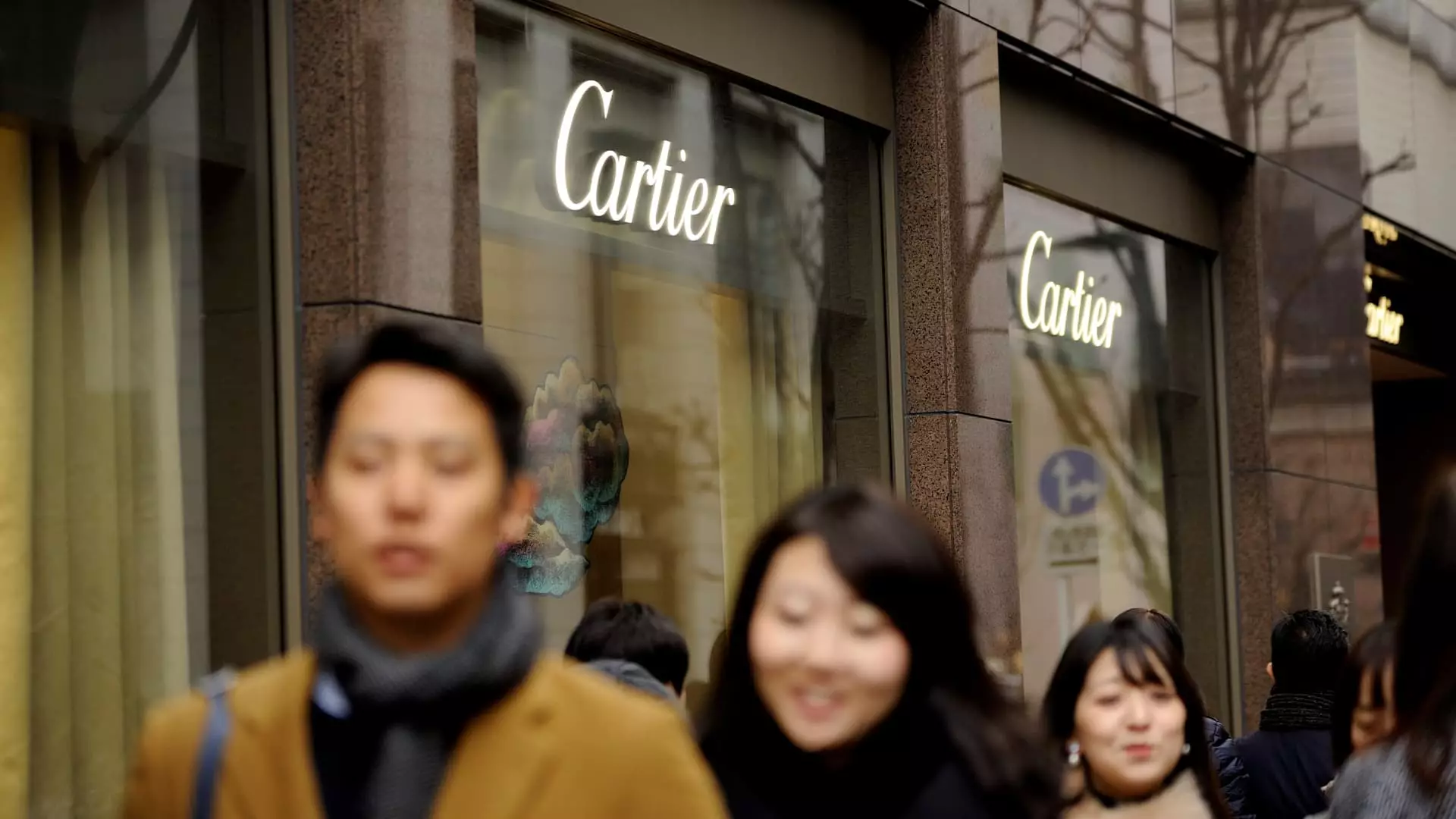The recent downturn in Japan’s luxury sector exposes a harsh reality: the never-ending growth narrative is fundamentally flawed. For years, brands like Richemont thrived on a transient boost driven by currency fluctuations and geopolitical shifts, not sustainable demand. The 15% sales plunge in Japan’s luxury market serves as a stark reminder that relying on external economic factors—such as a weakening yen—is an unstable foundation. This temporary spike was never a sign of genuine, intrinsic growth but rather a fleeting consequence of currency and tourism dynamics. When the yen begins to recover, the illusion of strength falters, revealing the fragility of dependence on external stimulants.
Currency Manipulation and Its Discontents
The role of currency policies in shaping the luxury market cannot be understated. The Bank of Japan’s move away from negative interest rates and the subsequent yen weakening created a gold rush for luxury brands, fueling record sales. Yet, this was not an organic surge driven by genuine consumer demand; it was an artificial inflationary bubble, inflated by monetary policy maneuvers. Once the yen stabilizes or appreciates, those inflated sales numbers deflate, exposing the superficiality of recent successes. It also raises ethical questions about how monetary policy impacts global markets and wealth inequality—luxury brands benefit enormously from currency swings, but these do little to address the structural issues faced by local economies and consumers.
The Fragile Foundation of Luxury’s Success
Despite the setbacks, Richemont remains intriguingly resilient, seemingly immune to the broader luxury slump. This highlights a crucial point: affluent consumer demand for high-end jewelry and watches remains relatively stable, even as regional sales falter. However, this stability is a double-edged sword. It underscores a troubling reality: the luxury industry has become more dependent on the financial circumstances of the ultra-wealthy rather than genuine, widespread economic vitality. As wealth becomes increasingly concentrated, luxury brands cling to this small, elite consumer base, exacerbating social inequalities rather than addressing them.
The Risks of Overreliance on Geopolitical Fluctuations
The luxury industry’s fortunes are inextricably linked to geopolitical and macroeconomic currents. The recent dip in Japanese, Chinese, and Hong Kong markets underscores the dangers of overdependence on these regions. While temporary boosts can cloud the long-term outlook, the ongoing volatility signals a need for industry introspection: should brands continue to chase short-term gains rooted in currency and regional tourism, or should they pivot toward sustainable growth models that insulate against regional shocks? The current climate suggests that luxury companies, though seemingly resilient, are vulnerable to the consequences of an opaque global economy that favors speculation over authentic consumer well-being.
In the end, the luxury market’s recent performance is less an indication of enduring strength and more a reflection of economic fragility masked by currency and geopolitical shifts. It beckons a critical reconsideration of what true resilience entails in an era increasingly defined by economic uncertainty and social disparity.

